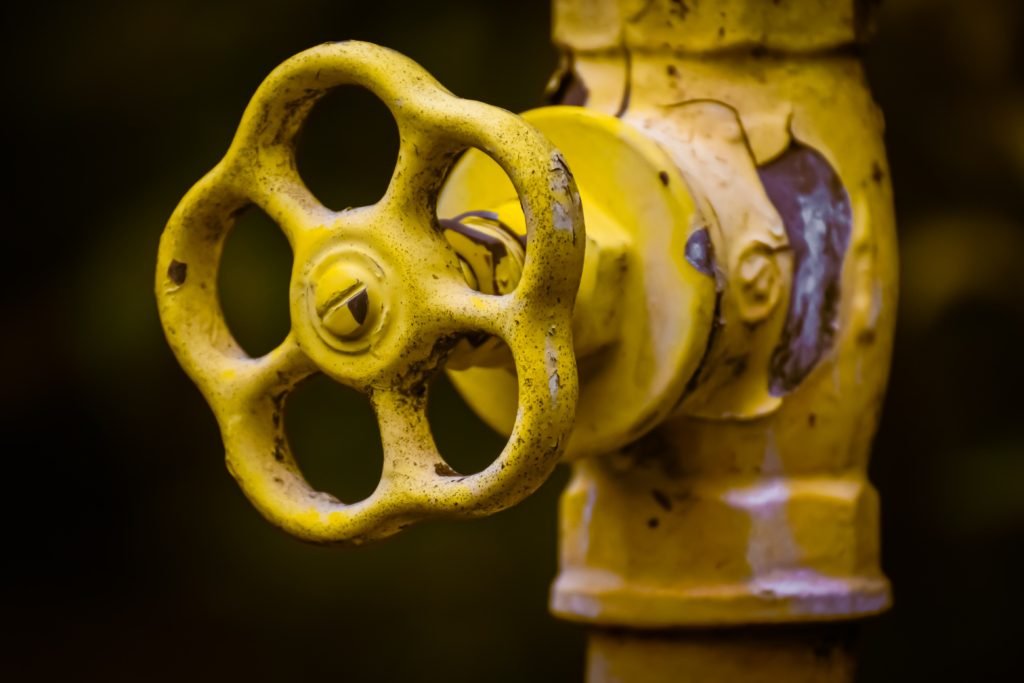
Plumbing issues used to involve a lot of guesswork—opening walls, digging into floors, or cutting into ceilings just to find the problem. But today’s plumbers are turning to high-tech tools like 3D imaging and advanced leak detection systems to diagnose issues faster, more accurately, and with minimal disruption.
These technologies are redefining what it means to be a plumber, offering customers smarter solutions and reducing the time, cost, and mess of traditional repairs.
What Is 3D Imaging in Plumbing?
3D imaging uses a combination of infrared scanning, laser technology, and digital modeling to map out what’s behind your walls, under your floors, and inside your plumbing system—without ever cutting a hole.
Applications:
- Mapping out water lines in older homes or renovations
- Identifying pipe locations before drilling or demolition
- Visualizing pipe layouts for custom installations
Why it matters:
Plumbers can now “see” the layout of your plumbing system with incredible accuracy—before making a single cut.
Types of 3D Imaging Tools Plumbers Use
1. Thermal Cameras with Imaging Overlays
These detect heat signatures and moisture behind walls, then overlay the image in 3D to highlight leaks, blockages, or failing insulation.
2. Ground-Penetrating Radar (GPR)
Ideal for commercial or industrial projects, GPR helps locate underground piping systems—without the need to dig first.
3. 3D Pipe Mapping Software
Often paired with smart inspection cameras, this software turns video footage into a 3D model of your plumbing network.
Smart Leak Detection: Beyond the Drip
Leaks can start small but quickly turn into serious damage. Plumbers are now using smart sensors and acoustic detection systems to catch leaks before they escalate.
Types of Leak Detection Technologies:
1. Acoustic Leak Detectors
These devices listen for the unique sound frequencies of water escaping from pipes, even beneath concrete or asphalt. Some advanced versions use AI to filter out background noise.
2. Ultrasonic Flow Meters
These clamp onto the outside of a pipe and use sound waves to measure flow rates, helping identify subtle leaks or pressure loss.
3. Smart Home Leak Sensors
Installed under sinks, water heaters, and appliances, these sensors send alerts directly to a plumber or homeowner’s smartphone when a leak is detected.
How These Technologies Help You
✅ Faster Diagnostics
What once took hours of trial and error can now be done in minutes—without damaging your walls or flooring.
✅ More Accurate Repairs
By pinpointing the exact location of a leak or blockage, plumbers can go straight to the source and avoid unnecessary fixes.
✅ Reduced Property Damage
With non-invasive tools, the days of “exploratory demolition” are fading. That means less mess, less stress, and lower costs.
✅ Preventative Insights
3D scans and flow data can reveal early signs of corrosion, joint failure, or aging systems—before a problem ever becomes visible.
Who Benefits from These Solutions?
- Homeowners dealing with mysterious leaks or planning renovations
- Property managers trying to avoid costly water damage in multi-unit buildings
- Construction teams looking to safely retrofit or expand existing systems
- Commercial facilities with complex plumbing and a need for real-time monitoring
Looking Ahead: AI and Real-Time Monitoring
As plumbing continues to evolve, expect more tools that use machine learning to detect anomalies in water pressure or flow, and real-time 3D monitoring systems that integrate with building management platforms.
Imagine a future where your plumbing system alerts you about a leak and shows you exactly where it is—all before you even notice the problem.
Conclusion: High-Tech Plumbing Is Here to Stay
With tools like 3D imaging, acoustic leak detection, and smart sensors, plumbers are no longer just reacting to problems—they’re preventing them. These technologies not only make the job faster and cleaner, but they also give homeowners and property managers greater peace of mind.
Today’s plumbers aren’t just fixers—they’re high-tech problem solvers, delivering precision repairs with digital tools.
